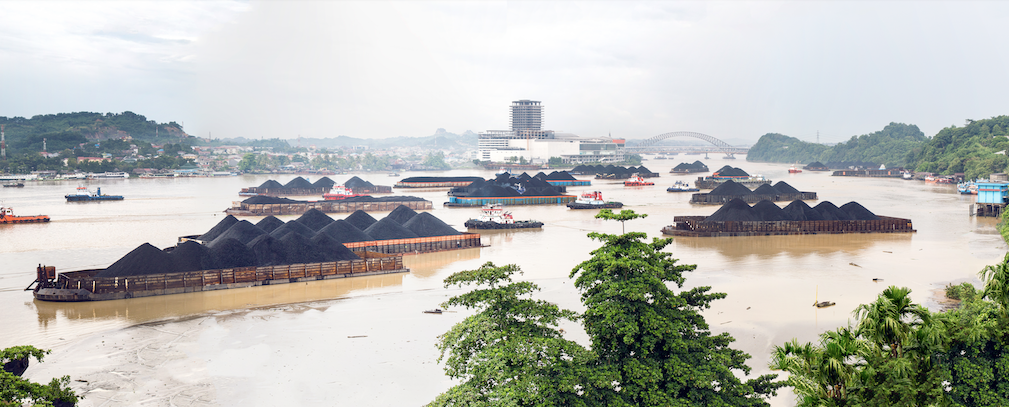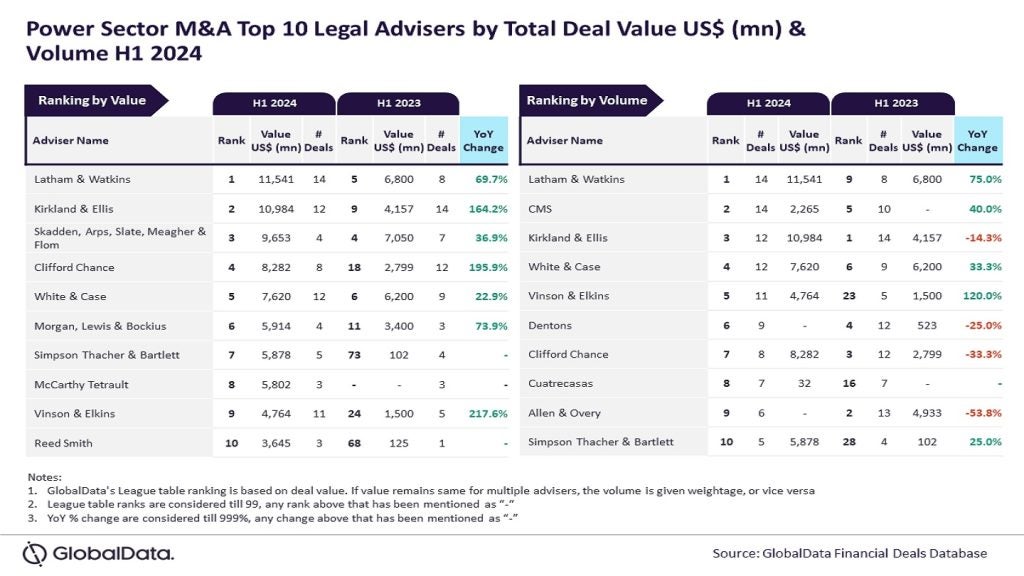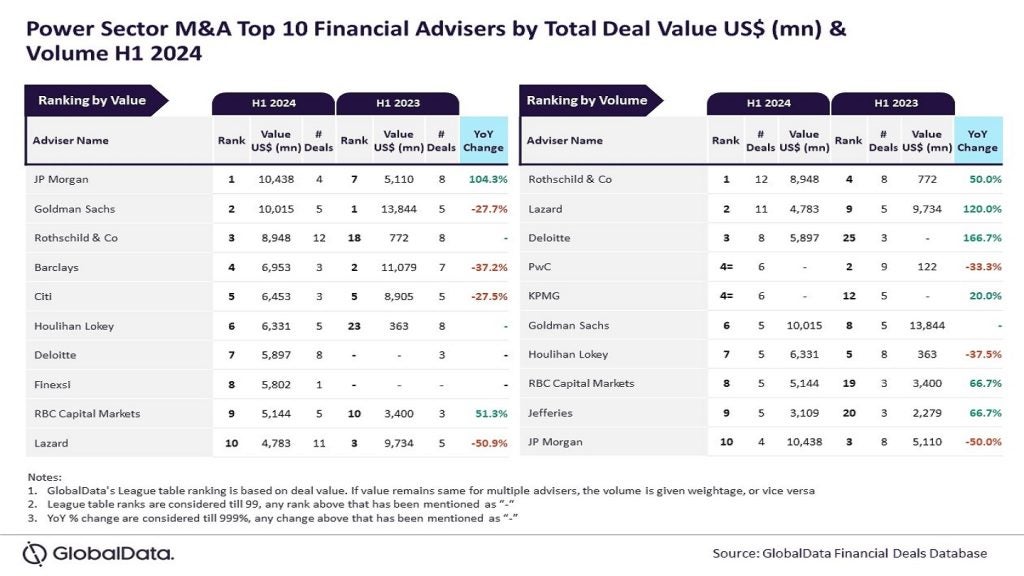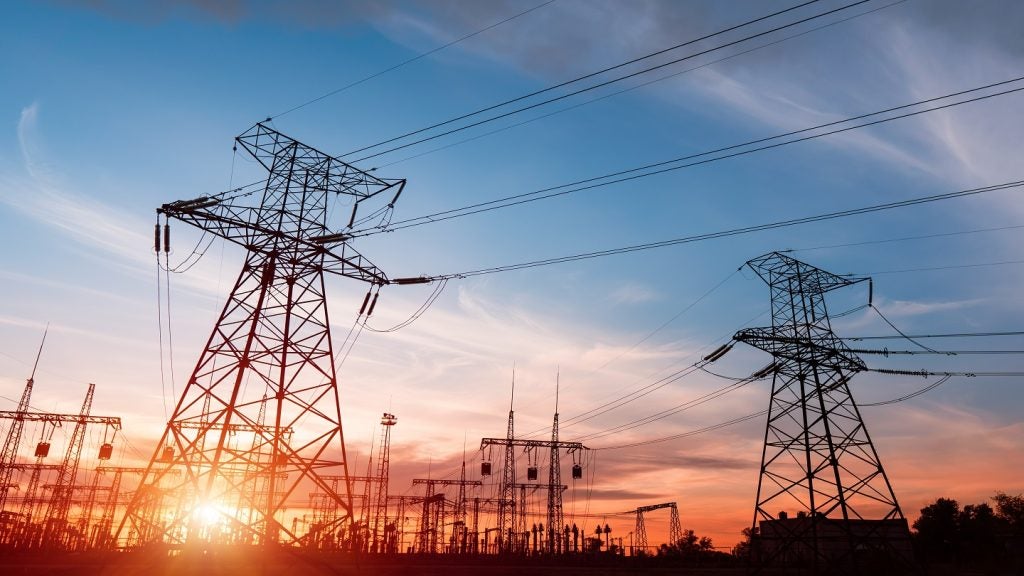
Indonesia’s capital city Jakarta has been among the most polluted cities in the world since May this year. As with other coal-dependant economies like Australia, Indonesia is trying to balance environmental targets and the cost of pulling the plug on an industry that earned $46.7bn in exports in 2022.
Weeks after Indonesia’s much-welcomed deal to decrease coal generation was shelved, studies found the country’s per-capita coal emissions have grown faster than any of the world’s largest 20 economies since the signing of the Paris climate accord. Come September the country’s financial regulators, Otoritas Jasa Keuangan (OJK), floated a rather unusual plan – labelling the country’s coal power plants as green.
This means abandoning a science-based taxonomy, which critics say will relegate the country to the bottom of green finance classifications. If implemented, all coal-fired plants that supply electricity to industries making sustainable products could receive green financing.
At the same time, the government of Indonesia is also promoting the country as a hub for manufacturing electric vehicles (EVs), close to the needed sources of nickel, cobalt and aluminium. The problem remains that the smelters for these metals rely on coal. These captive coal plants will have a capacity of 13GW, and will not feed into the grid but instead only be available for powering industrial operations.
With these contrasting developments, Indonesia will stand as the only sustainable finance taxonomy published globally to recognise coal power as green.
The far-reaching consequences
While its debates caused weeks of controversy, the green taxonomy of the EU excludes coal altogether. Indonesia’s proposition comes with consequences that reach out to other industries such as finance, trickling down toward small and big investors. The Institute for Energy Economics and Financial Analysis said in a comment: “Labeling coal-fired plants as sustainable could mislead investors wanting assurance that their assets are environment-friendly, or oblige them to do more due diligence. In turn, this risks Indonesia losing high-quality foreign direct investment and rendering the taxonomy ineffective.”
How well do you really know your competitors?
Access the most comprehensive Company Profiles on the market, powered by GlobalData. Save hours of research. Gain competitive edge.

Thank you!
Your download email will arrive shortly
Not ready to buy yet? Download a free sample
We are confident about the unique quality of our Company Profiles. However, we want you to make the most beneficial decision for your business, so we offer a free sample that you can download by submitting the below form
By GlobalDataDespite their power and supposed expertise, investors can be misled. Looking solely at “green” labels for investment runs the risk of financial players being greenwashed, and their intentions to decarbonise and maintain ESG funds being questioned.
In a similar move in July 2022, the European Parliament backed EU rules to label investments in gas and nuclear plants as climate friendly under some circumstances. Gas, a less polluting fuel than coal, was said to be a necessary transition fuel while some countries in the bloc ramped up their renewable capacity. However, of the 639 lawmakers present, 328 opposed a motion that sought to block the EU gas and nuclear proposals.
The investor reaction to the move was negative, and financial firms managing more than €50trn ($53trn) in assets criticized the European Commission for attempting to weaken the EU’s taxonomy in favour of the gas lobby. This criticism may intensify in Indonesia if the country chooses the path of coal over climate targets, blurring the lines of what is sustainably sourced.
The state of coal in Indonesia
According to the International Energy Agency, Indonesia is the world’s 3rd largest producer of coal and also a major consumer. Recently, the country moved its net-zero emissions pledge from 2070 to 2060, helping it secure a commitment of $20bn in funding to help speed up its transition. However, the plans for the clean energy funding have been delayed to factor in the coal-fired power plants now being built privately.
Indonesia has nearly 39 billion tonnes of coal reserves, and according to a Global Energy Monitor report, had 13GW of captive coal power projects considered under construction at the end of 2022.
As a big part of its industrial ambitions, Indonesia hopes to assert itself as a major contributor in the supply chain for EV batteries, which is why the nickel industry in the country is being ramped up. According to Future Power Technology’s parent company GlobalData, Indonesia was the world’s largest producer of nickel in 2022 with its output increasing by 13% from 2012.
However, this green ambition comes at a polluting cost. If the country’s coal consumption continues to rise to support its nickel, cobalt and aluminium industry, it will jeopardize Indonesia’s target of having peak emissions by 2030.
Contradictory ambitions and regulatory loopholes

In 2015, the President of Indonesia launched a program designed to provide an additional 35GW of power capacity by 2019 to cope with electricity shortages. When the plan was announced in 2015, Indonesia’s fleet of existing coal plants had a combined capacity of 25.4GW. In 2022, that increased by 60%, to 40.6 GW.
The country had a sharp increase in coal burning post-pandemic, as a move to recover and catch up from a slow economy in 2020-21. Over 60% of Indonesia’s electricity now comes from a very young fleet of coal-fired power plants, which will meet the demand for many coming years.
In 2021, the administration of President Joko Widodo said no new coal-fired power plants will be constructed after 2023. However, this comes with a glaring policy exception where new coal plants can still be developed and operated until 2050 as long as they are “integrated with industries that add value to natural resources, or are included in national strategic projects that make a major contribution to job creation and/or national economic growth.”
Given that nickel and aluminium refining align with country’s growth and trade plan, this implies that no limit to the number of coal plants built to serve these industries. About 15% of the country’s coal-powered capacity is consumed by nickel and aluminium processing.
More burned coal means a higher mitigation cost in the long term. At the heart of Indonesia’s problem lies the contradiction between courting the clean energy transition, and the dirty methods of getting there. On one hand, Indonesia has registered a strong interest in climate targets internationally, on the other, it finds itself caught in its own web of contradictory policy. As it stands, investment and net-zero targets hang by a thread in south-east Asia’s largest economy.






